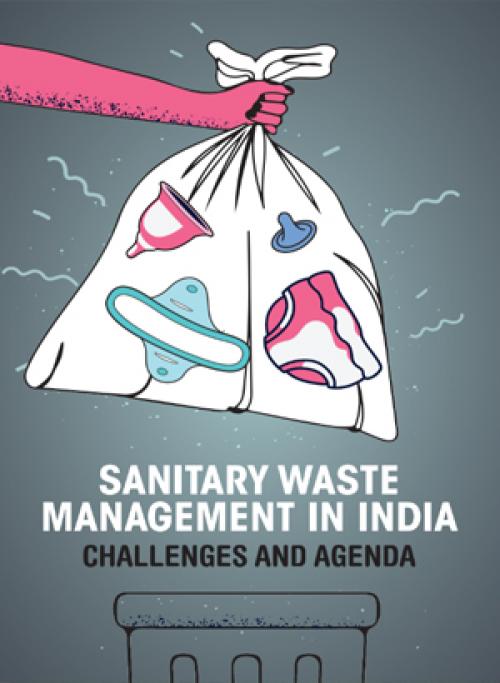In recent years, discussions about environmental sustainability have touched on various aspects of our daily lives, from single-use plastics to energy consumption. However, one topic that often remains in the shadows is the environmental impact of menstrual waste, particularly in the context of pad incineration. This blog explores the ecological consequences of incinerating sanitary pads and suggests sustainable alternatives for managing menstrual waste.
The Menstrual Waste Problem Disposable sanitary pads are widely used by women around the world. While they provide convenience and hygiene, they also generate a significant amount of waste. Menstrual waste includes not only used pads but also the packaging and wrappers associated with these products. This waste can end up in landfills or, in some cases, is incinerated, leading to a host of environmental concerns.
Environmental Consequences of Pad Incineration
- 1. Air Pollution: Incineration of sanitary pads emits harmful pollutants, including dioxins, furans, and volatile organic compounds. These substances can have detrimental effects on air quality and human health.
- 2. Greenhouse Gas Emissions: The process of incineration contributes to greenhouse gas emissions, further exacerbating climate change.
- 3. Energy Consumption: The energy required for incineration contributes to resource depletion and pollution.
Sustainable Alternatives
-
1. Reusable Cloth Pads: Reusable cloth pads offer a sustainable alternative to disposables. They are washable and can last for several years, significantly reducing waste generation.
- 2. Menstrual Cups: Menstrual cups are made from medical-grade silicone or latex and are reusable. They are an eco-friendly option that reduces waste and is cost-effective in the long run.
- 3. Biodegradable Pads: Some brands produce biodegradable disposable pads made from organic materials, which break down more easily than traditional disposable pads.
- 4. Safe Disposal: If using disposable pads is unavoidable, consider proper disposal methods, such as wrapping used pads in biodegradable bags before disposal.
- 5. Education and Awareness: Promoting awareness about the environmental impact of menstrual waste can encourage individuals to make more sustainable choices.
Conclusion : Menstrual waste, particularly the incineration of disposable pads, has a notable environmental impact, contributing to air pollution, greenhouse gas emissions, and energy consumption. As we continue to strive for a more sustainable future, it's crucial to address this often-overlooked issue. By adopting alternative menstrual hygiene products and educating the public, we can reduce the environmental burden of menstrual waste, safeguarding both the planet and women's health. It's time to transform the way we manage menstrual waste for the well-being of our environment.



